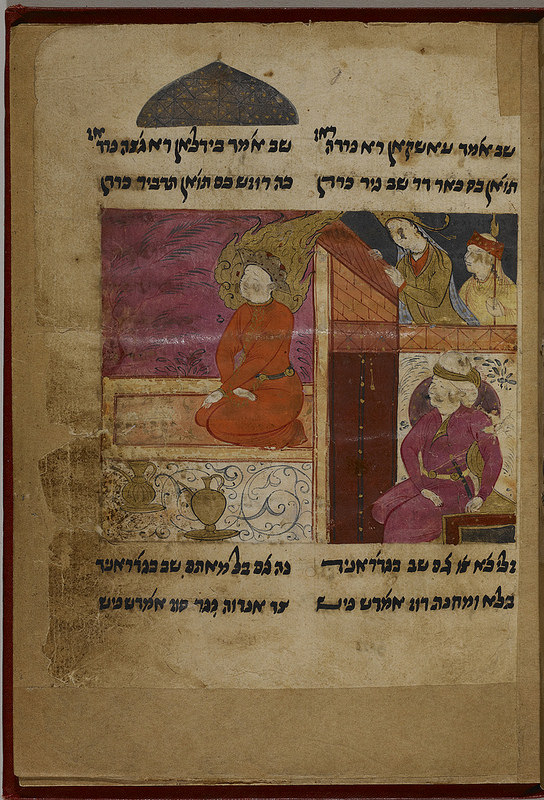The Past in the Present of the Middle East
Starts: 15 April 2016, 9:00 AM
Finishes: 16 April 2016, 5:00 PM
Venue: Brunei Gallery Lecture Theatre
Call for papers and posters for a two-day conference organised by the Council for British Research in the Levant (CBRL) and the London Middle East Institute to showcase the work of CBRL and its partners in the region. The conference will present sessions on a number of themes linking the past to the present day in the Middle East.
- Cultural heritage in conflict
- Cultural heritage, society and economics
- Britain and the Levant: Culture and (Mis)Communication
- The past in the political present: the legacy of colonialism and intervention
- The Politics of Dissent: challenges to Orientalism and Zionism
- The impact of research – working with humanitarian agencies/practitioners
Closing session: The future of the past in the Middle East


 Cantera, Alberto. 2015.
Cantera, Alberto. 2015.  de la Vaissière, Etienne. 2014.
de la Vaissière, Etienne. 2014.  Yazdan Safaee, one of BiblioIranica’s team members, has written useful and accessible reviews of the first five volumes of the 20 volume
Yazdan Safaee, one of BiblioIranica’s team members, has written useful and accessible reviews of the first five volumes of the 20 volume